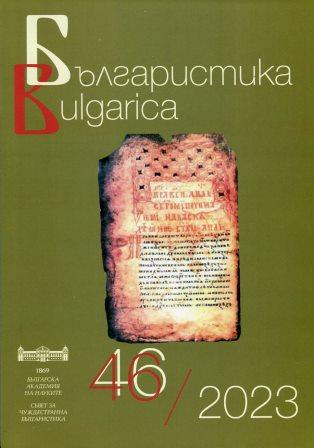
Дисертации 2023
Defended PhD theses in Bulgaria in the field of linguistics, literature, history, folklore, ethnography and art studies.
More...We kindly inform you that, as long as the subject affiliation of our 300.000+ articles is in progress, you might get unsufficient or no results on your third level or second level search. In this case, please broaden your search criteria.

Defended PhD theses in Bulgaria in the field of linguistics, literature, history, folklore, ethnography and art studies.
More...
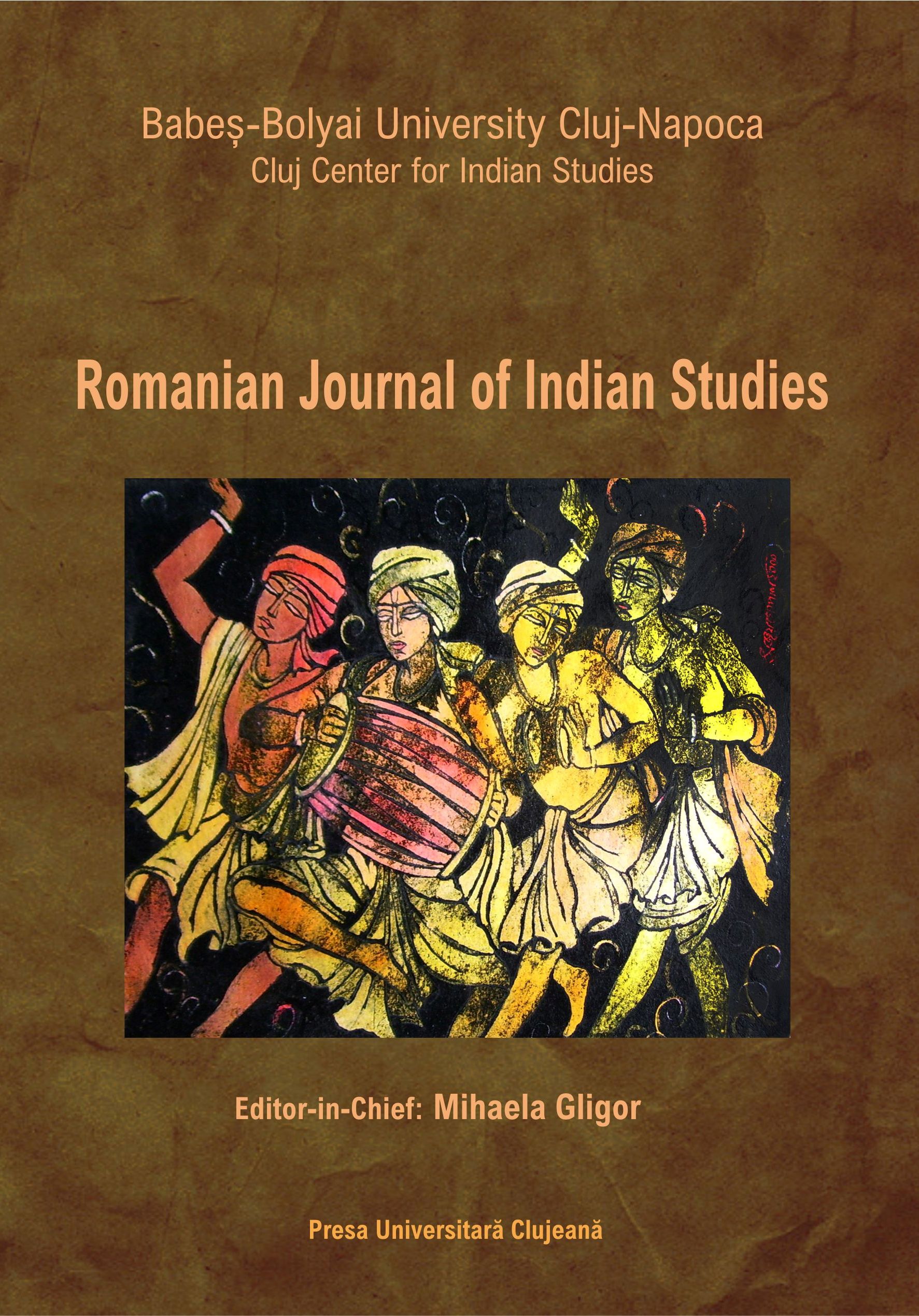
Review of: Mihaela Gligor and Elisabetta Marino (Eds.), Tagore beyond Borders: Essays on His Influence and Cultural Legacy. London, New York: Routledge, 2023
More...
Review of: Mihaela Gligor and Elisabetta Marino (Eds.), Tagore beyond Borders: Essays on His Influence and Cultural Legacy. London, New York: Routledge, 2023.
More...
Review of: Mihaela Gligor & Lipi Ghosh (Eds.), Between Two Worlds: Romania and India. Essays on Expanding Borders through Culture, Cluj-Napoca: Cluj University Press / Presa Universitară Clujeană, 2023.
More...
Review of: Rajendra K. Jain (editor), Changing Indian Images of the European Union. Perception and Mispercetion, Palgrave MacMillan Singapore, 2019 Rajendra K. Jain (editor), India and the European Union in a Turbulent World, Palgrave McMillan Singapore, 2020
More...
Review of: Lipi Ghosh (Editor), Rabindranath Tagore in South-East Asia. Culture, Connectivity and Bridge Making, New Delhi: Primus Books, 2016, 138 pp., ISBN: 978-93-84082-80-2.
More...
Review of: Mahasweta Devi, Our Santiniketan. Translated by Radha Chakravarty, London, New York, Calcutta: Seagull Books, 2022, 133 pp., ISBN: 978-0-8574-2-901-8.
More...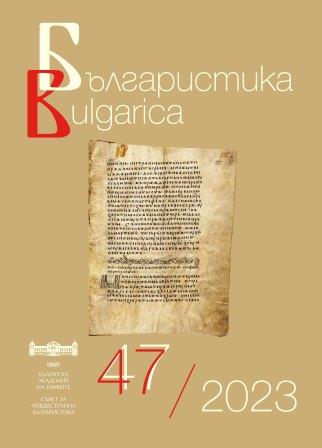

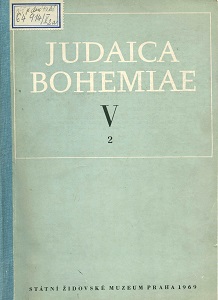
1. Pokorný Petr: Počátky gnose. Vznik gnostického mýtu o božstvu člověk. (Les commencements de la gnose. La naissance du mythe gnostique Dieu-Homme). Publications de l’Académie Tchécoslovaque des Sciences, série des Sciences sociales, 78/1968, Prague 1968, Academia, 68 pp. 2. Kestenberg-Gladstein, Ruth: Neuere Geschichte der Juden in den böhmischen Ländern, I., Das Zeitalter der Aufklärung 1780-1830, Tübingen, J. C. B. Mohr, 1969, 418 pp. (Un compte rendu détaillé paraîtra dans le prochain fascicule des Judaica Bohemiae) 3. Hrozinky a mandle. Výbor z jidiS povídek. (Raisins de Corinthe et amandes. Choix de contes en yiddish), Prague, Odeon, 1969, 480 pp. 4. Allegro, John: Rukopisy od Mrtvého moře. (Les Manuscripts de la Mer Morte), Prague, Mladá Fronta, 1969, 214 pp. 5. Petiška, Eduard: Golem a jiné židovské pověsti a pohádky ze staré Prahy. (Golem et autres contes et légendes juifs du Vieux Prague), Prague, Editions d’Etat du Livre pour enfants, 1968, 174 pages. 6. Černý Bohumil: Vražda v Polné. (Le meurtre de Polná), Prague, Editions „Magnet“ du Ministère de la Défense Nationale ,1968, 215 pages. 7. Fuks, Ladislav: Pan Theodor Mundstock. (Monsieur Théodore Mundstock), Prague, Ecrivain tchécoslovaque, 1969, 180 pages. 8. Fuks, Ladislav: Smrt morčete, sbírka povídek. (La mort d’un cobbaye. Choix de contes). Prague, Mladá Fronta, 153 pages. 9. Kříž, Ivan: Pravda o zkáze Sodomy. (La vérité sur la destruction de Sodomě), Ecrivain tchécoslovaque, 1968, 733 pages. 10. Hostovský, Egon: Všeobecné spiknutí. (La conspiration générale), Prague, Melantrich 1969, 345 pages.
More...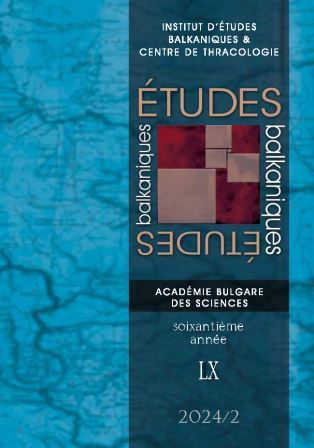
Articles and studies on medieval subjects featured prominently in the pages of Études balkaniques between 2014 and 2023. Conventionally they are divided into two larger groups, according to their focus on issues related to Byzantine and Bulgarian history. This overview begins with an outline of the studies relevant to the development of medieval Bulgaria. This category comprises the works of medievalists such as Vassilka Tăpkova-Zaїmova, Penka Danova, Sashka Georgieva, etc. Elena Kostova’s article on the possessions of the Athonite monasteries in the present-day Bulgarian town of Melnik also belongs to this set of themes as it throws a natural bridge to the extensive thematic range of Byzantine studies. Among the examined studies in this field are papers dedicated to the graffiti in the Constantinople Cathedral of Hagia Sophia, Byzantium’s ties to Southern Italy and Egypt, silk production, the empire’s political relations with its neighbours such as the community of the Cumans and other themes from the history of what came to be known as the “Byzantine cultural circle”, whose geographical reach extended up to the Caucasus and Russia. The overview ends with a discussion of two articles by Theodor Dimitrov, which examine the plague epidemics in Byzantium.
More...
The text summarizes a corpus of articles in the field of Balkan Cultural Studies published in the journal Études balkaniques during the period 2014 – 2023. In view of the plethora of topics and methodological approaches, the review is structured in three main categories covering the following areas: Literature and Cultural Relations, Theatre and Cinema, Visual Culture. The text outlines the general tendencies and contributions observed in the above-mentioned publications.
More...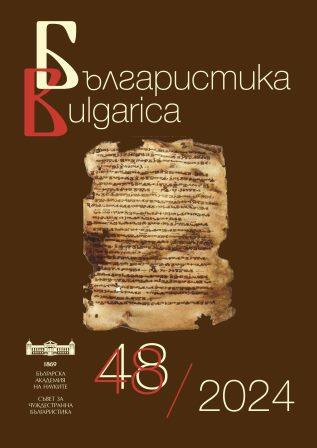



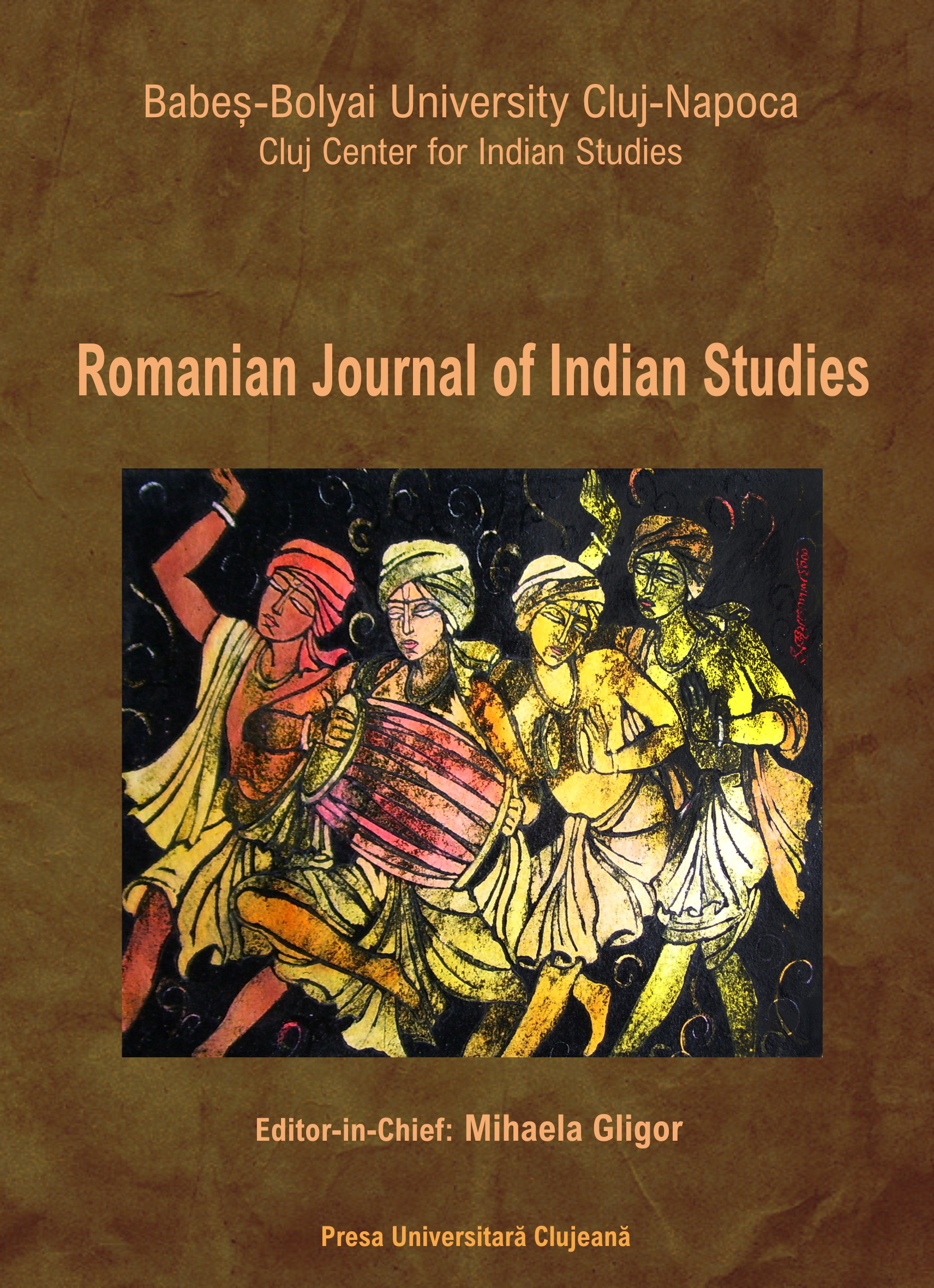
Rabindranath Tagore’s dramatic techniques employ a rich tapestry of symbolic language, where imagery serves as a vehicle for both narrative progression and the expression of complex social critiques. Set against the backdrop of rigid caste hierarchies prevalent in society, the play presents the transformative journey of Prakriti, an untouchable woman who confronts the deeply ingrained social prejudices of her time. Through its poetic language and richly layered imagery, Chandalika goes beyond a mere narrative of social critique to become a profound meditation on human dignity, identity, and freedom. Through a detailed analysis of these imagistic elements, this study highlights how Tagore’s visual language not only enriches the dramatic experience but also invites a deeper understanding of the socio-cultural issues addressed in the play. The paper argues that Chandalika serves as a powerful example of how metaphors of liberation, when intertwined with visual symbolism, can transcend the constraints of conventional drama to deliver a potent message of human dignity and self-worth.
More...
Calcutta (Kolkata) is usually considered the cultural capital of India. The extraordinary cultural effervescence of the city, the numerous descriptions of the metropolis in the literary writings, memoirs or films place Calcutta among the most inspirational cities in the world. I have visited Calcutta many times and I am always impressed by the city’s ability to reassert itself, and to give a voice to all its residents. During festivals, the city is like a fairytale; it vibrates with people’s lives and is part of the festivities. But during the rest of the year, Calcutta charms visitors and takes over their lives, making them return again and again. This is how I see, experience, love and read the city of joy, beyond the words in which it is often described.
More...
This essay explores the interactions between customary law and state governance, revealing the complex relationships among power, identity, and law in contemporary India. It highlights the evolving nature of customs and the challenges faced by both dominant and marginalized communities. The analysis focuses on the Jat community's demand for the inclusion of sagotra marriage prohibitions in state law, illustrating how this demand exemplifies formal legal pluralism that reinforces their dominance in local politics. In contrast to marginalized groups seeking recognition of their norms, Khap Panchayats work to uphold traditional authority amid changing social dynamics.
More...